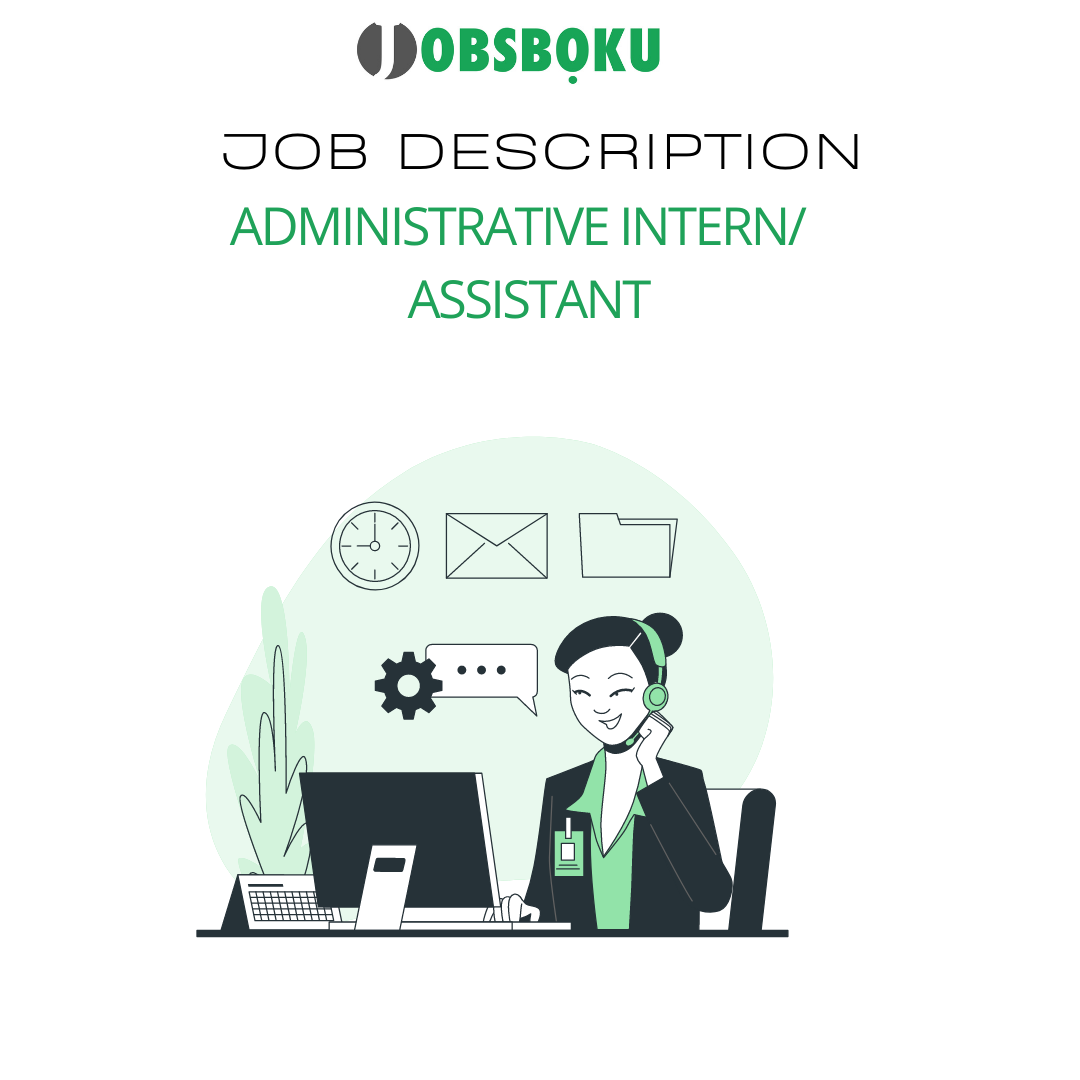Improving Employee Performance

Use
these six ways to provide effective supportive coaching to your reporting
employees.
vDemonstrate your belief in the employee's ability to improve
Show
confidence in the employee's ability and willingness to solve the problem. Ask
him or her for help in solving the problem or improving their performance. Ask
the employee to join in with you with the goal of increasing the employees'
effectiveness as a contributor to your organization.
vDescribe the performance problem to the employee.
Focus
on the problem or behavior that needs improvement, not on the person. Use
descriptions of the behavior with examples so that you
and the employee share meaning.
Ask
for the employee's view of the situation. Do they see the same problem or
opportunity for improvement that you do?
vDetermine whether issues exist that limit the employee
Ask
yourself whether the employee has the ability to perform the task or accomplish
the objectives. Four common barriers are time, training, tools, and
temperament. Determine how to remove these barriers, assuming one exists.
Determine whether the employee needs your help to remove the barriers—a key
role of a manager—or if he or she is able to tackle them alone.
vDiscuss Potential Solutions to the Problem or Improvement
Actions to take
With
a lower-performing employee, ask the employee for their ideas about how to
correct the problem, or prevent it from happening again. With a high performing
employee, talk about continuous improvement.
vAgree on a Written Action Plan
The
written plan should list what the employee, the manager, and possibly, the HR
professional, will do to correct the problem or improve the situation. Identify
the core goals that the employee must meet to achieve the appropriate level of
performance that the organization needs.
vSet a Date and Time for Follow-Up
Determine
if a critical
feedback path is needed, so the
manager knows how the employee is progressing. Offer positive encouragement.
Express confidence in the employee's ability to improve. Recognize, however,
that the only person who
is in charge of their performance improvement
is the employee. As much as you try to help, he or she is the one who is
ultimately in charge of their growth and improvement.


